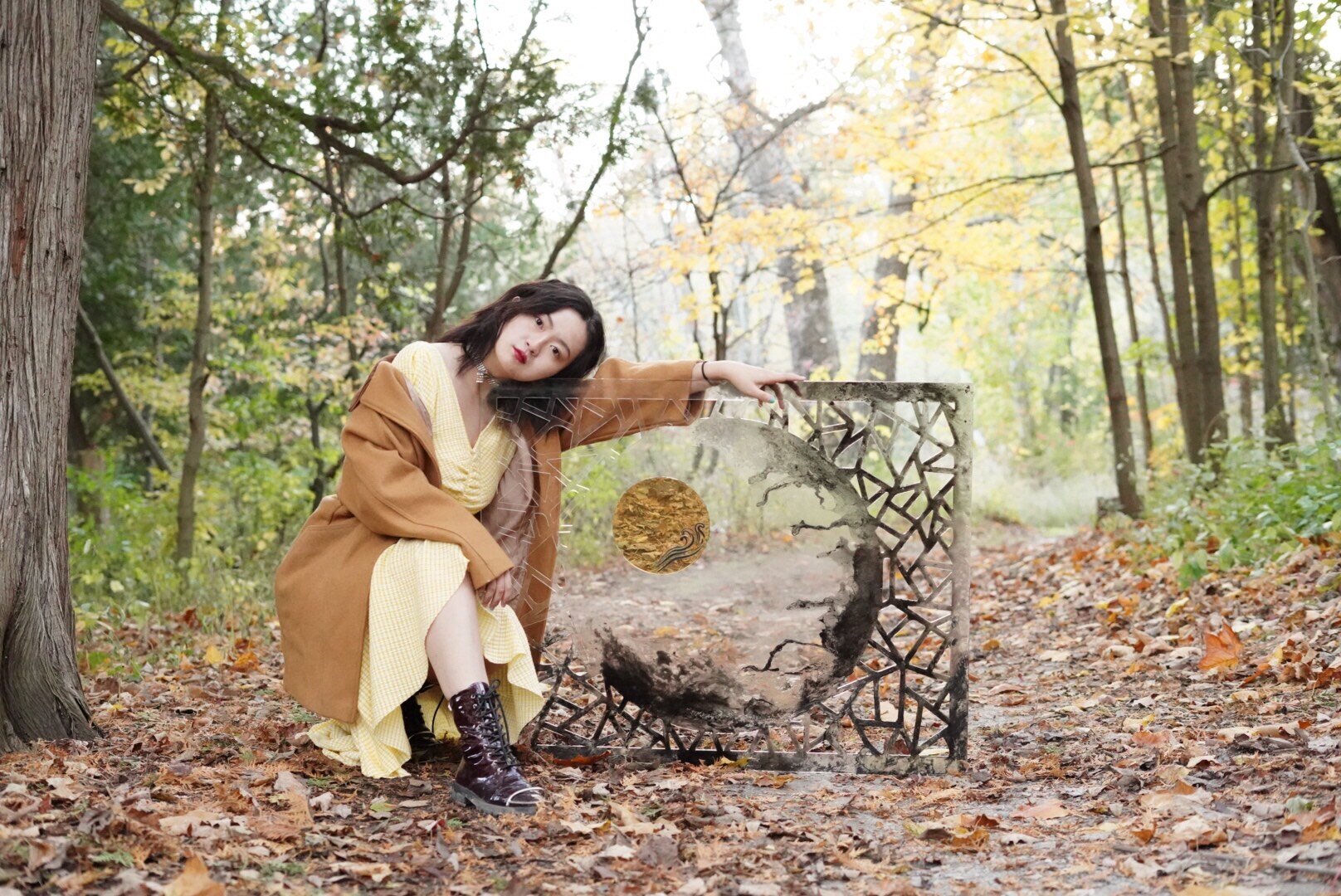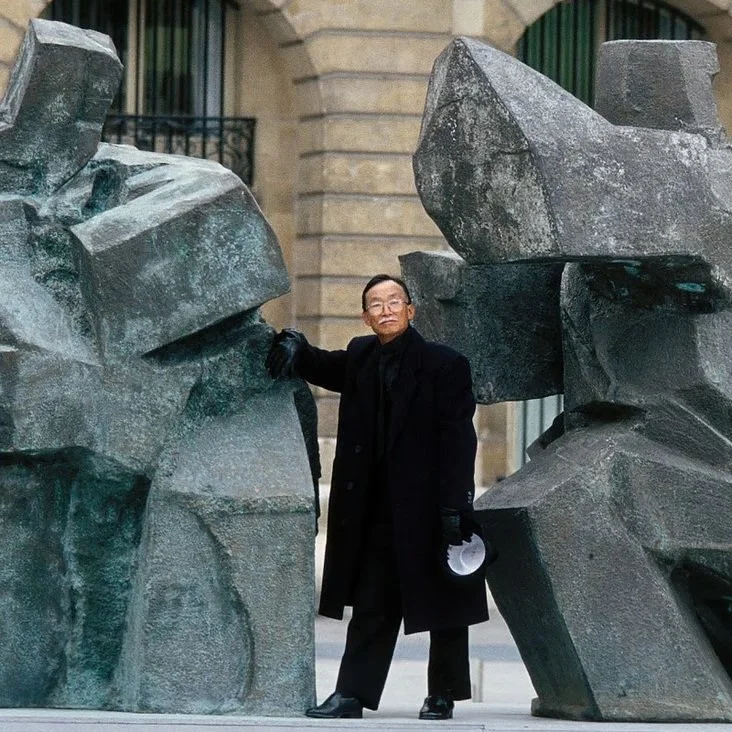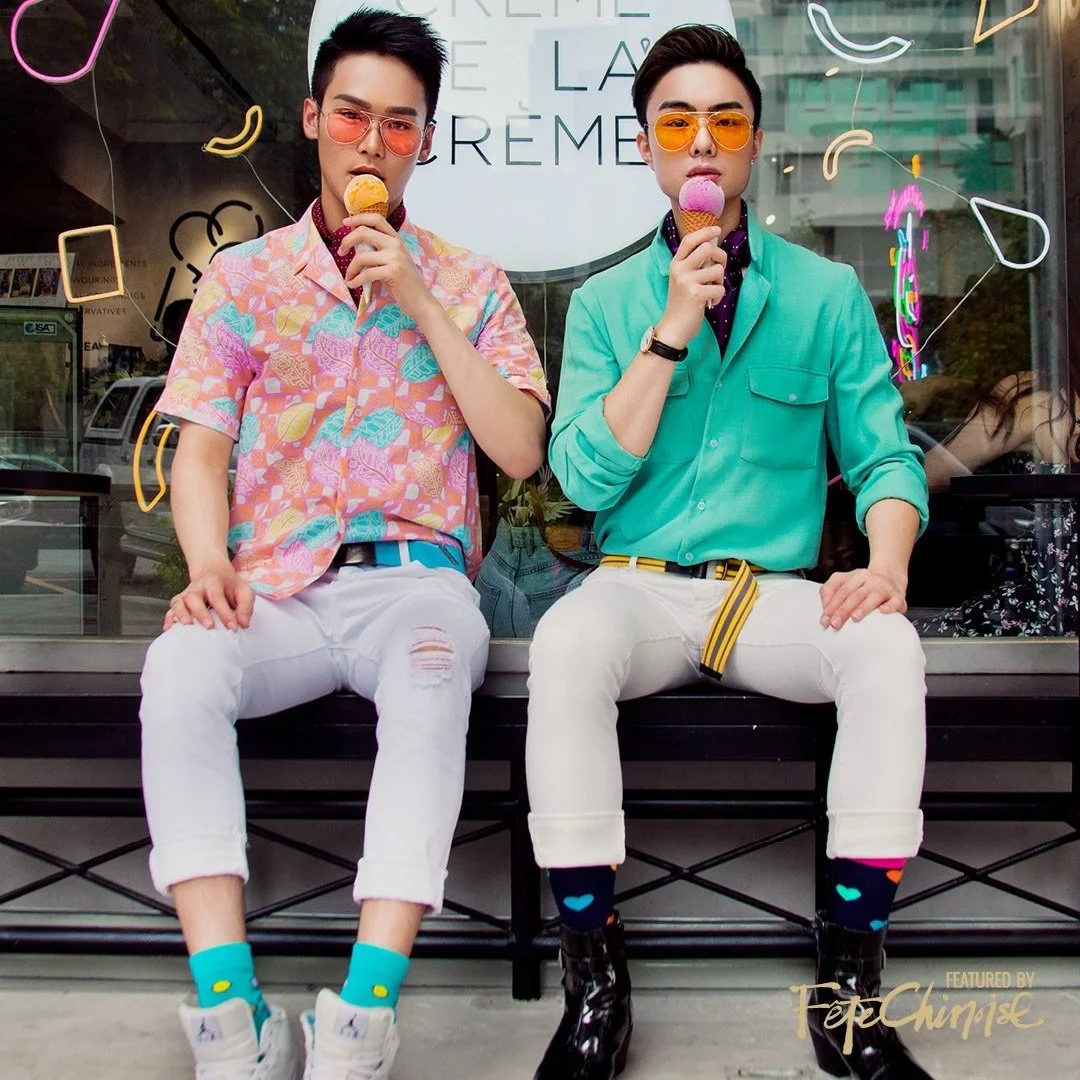Fête Artist Feature: Young & Daring Floral Installation Artist, Vivi Hou
Written by Vivi Hou
Interviewed and Translated by Jennifer Lau
Event Photography by IKONICA
Photograph Courtesy of the Author.
Fête Chinoise 2020: Dreams Take Flight. Floral Installation by Vivi Hou. Photo Courtesy of IKONICA.
Why Floral Art?
I need to begin with my upbringing. I have been studying Chinese painting since I was very young and have experience with both brush and ink painting. I liked ink painting more because the ink moves more freely and the works usually surround the theme of flowers and birds, which are my absolute favourite! In fact, Chinese people have always had a unique understanding and appreciation for nature: flowers and trees especially. They believe that flowers and trees are spiritual, with their own temperament and character. This notion of nature had a profound impact on me since I was a child.
In addition to the natural beauty of flowers, the connotation of flowers in Chinese culture is related to calligraphy, painting, poetry, poetry, and folk culture. Moreover, flowers are also commonly associated with beauty and women. In my opinion, flowers do not exist solely for superficial beauty. Just like beautiful women, flowers also have multiple levels of expression and meaning. The depth of meaning is one of the main reasons I chose to pursue Chinese floral arrangement and art.
It is my goal to make Chinese floral arrangements modern. In the past, this kind of art gained it reputation from having a long history. However, for contemporary audiences, Chinese floral arrangements are still perceived as traditional and unprogressive in terms of technology and framework. Hence, it is not as popular as it should be and I want to change that.
“It is my goal to make Chinese floral arrangements modern. In the past, this kind of art gained it reputation from having a long history. However, for contemporary audiences, Chinese floral arrangements are still perceived as traditional and unprogressive in terms of technology and framework [...] and I want to change that.”
自我介紹
我是Vivi Hou 侯雨薇,一名中國插花花藝協會中級講師及花藝裝置藝術家。我小的時候一直學習中國畫,工筆和水墨都嘗試過。比起工筆的細膩我更喜歡水墨,更灑脫寫意。而水墨中花鳥主題是我最喜愛的。中國人對花木的認識和欣賞別具一格,認為花木是有靈性的,有其內在的氣質和品格這點對我有很深的影響。
花文化的內涵除了來源於花材自然屬性的美之外,更多地是來源於花與書法、繪畫、詩詞歌賦以及民俗文化等等相關聯也很吸引我。而提起花,大家總能想到美麗的女性,我認為,花不僅僅只有一種表面的裝飾性的美正如美麗的女性一樣,它也有多層面的表達。這正是我選擇並熱衷於做中式插花的原因之一。而另一方面,中式插花雖然歷史悠久,但由於一些大環境的因素,中國插花無論是體制,技術,普及等等方面還是相對落後的,也許我能為之做點什麼吧。
Fête Chinoise 2020: Dreams Take Flight. Artist Installation by Nicky Wang and Vivi Hou. Photo Courtesy of IKONICA.
Participating in the Fête Chinoise Magazine Shoot + Anniversary Gala
To be honest, I was not very satisfied with my own work when shooting for the magazine because of the issues that arose in selecting materials. I had chosen acrylic as one of the main materials that contrasted the florals but this created a problem for the photographer because when the light hit the art, there were apparent bubbles from the paint. But the photographer, Jackson Huang, and art director, Jennifer Lau, were very professional and patient. I have to say that Jennifer, as a lecturer of East Asian cultures, was able to express what I wanted to convey through the piece. All in all, it turned out beautifully and I was happy to be a part of the project!
"Flower In The Mirror" is inspired by the Qing Dynasty novel "Golden Vase Plum". Everyone in the world said that women are gorgeous and beautiful, but they also participate in social activities in politics, and so on. However in modern society, women's participation in politics is still very rare. I hope all this is no longer the case — that women are not simply flowers in the mirror. The work uses the elements of Chinese classical gardens and plum blossoms, orchids and bamboo chrysanthemums of the four great gentlemen in China to show the equal strength between genders.
At the beginning of this year, it was worrisome whether the gala would proceed due to the epidemic. I was pleasantly surprised by the enthusiasm of all participants. I also collaborated with my friend, Nicky Wang, to build the exhibition with me. She accepted my invitation and the preparation time began — a much longer and more complicated duration than I thought. Due to the venue, we had to modify the renderings three or four times when making the structure. In the end, I brought my “Flower in the Mirror” into the large structure “Fangyuan Pavilion.” I used elements of the Suzhou Garden in the work and found that our works really complemented each other.
2020年的Fête 雜誌拍攝我對我的作品並不是很滿意,因為材料選擇問題(亞克力)讓攝影師很是費心的找角度去隱藏因為亞克力材料暴露的一些氣泡與灰漬。但是攝影師Jackson Huang和藝術指導Jennifer Lau 還是非常專業和有耐心,尤其是Jennifer作為一名多大東亞文化的講師她的表達能力很強。
《Flower In The Mirror》灵感来自中国清代长篇小说《镜花缘》世人都说女子娇艳如花,可在清代作家李汝珍笔下的小说《镜花缘》中,花仙子们不“娇”而是社会活动的积极参与者,她们积极参政,坚毅刚强,等等。然而即使是现代社会,女性参政还是少之又少,望这一切不再是镜中花。作品运用了中国古典园林元素-苏州花窗以及中国四大君子花之梅、兰、竹菊。
而今年的Gala起初我還擔心因為疫情原因被取消,而當天到場,被大家的熱情所驚訝。今年我邀請了好友Nicky和我一起做展覽,整個準備時長,與復雜程度多了很多。因為考慮到場地的原因在做結構的時候效果圖修改了3、4遍。結合我的《Flower In The Mirror》這個作品做了一個大的結構取名《方圓亭》,都是蘇州園林元素都是外方內圓兩個作品交相輝映。
Fête Chinoise 2020: Dreams Take Flight. Artist Installation by Nicky Wang and Vivi Hou. Photo Courtesy of IKONICA.
In the Face of the Pandemic
Due to the current situation, my original plans to complete a series of work in China is temporarily cancelled. But as a millennial, I think we can be more daring and less conservative in how to share our art.
In the past, I felt that video platforms such as: Tiktok, Xiaohongshu, Instagram, etc., did not showcase the stories behind the works. It felt as though they existed only for people to spend time on it, but not really saying anything. However, because of the virus, schools and universities in China have begun using online classes. These “cloud lessons” and exhibitions, along with live broadcasts, are now normalized and have even embodied arenas of culture and art. With more good content, it will be easier to attract audiences of substance.
Lastly, in terms of social distancing, this involves the differentiation between “individualism” and “collectivism.” This in itself is a difference found in Western and Eastern cultures, I believe. Most people in China are more collectivist — seen in the greeting “hello” which means “hello everyone.” I truly think that this pandemic will only pass when everyone isolates themselves physically in solidarity, to face the pandemic.
團結一心
由於疫情COVID-19的原因,本來今年計劃回中國的一系列工作要暫時取消了。而作為一個90後,我覺得不能太保守,過去我覺得視頻平台比如:Tiktok、小紅書、Instagram等等展示自己的作品以及作品背後的故事有點不好意思,因為感覺大部分人都是在消費時間不是真的想了解你表達了什麼。而因為這次疫情的原因,中國的中小學乃至大學都開始視頻教課,“雲課”、“雲看展”甚至直播都已經不再是我們傳統觀念中的樣子,更多的文化藝術領域在展示,而越多好的內容入駐,才更容易吸引優質的觀眾。
關於“Social distancing”我認為這個涉及到“個人主義”和“集體主義”的差別。這本身也是東西方文化的差別吧,大部分的中國人都偏向於集體主義的,簡單來說:你好,我好,大家好。只有在疫情面前每個人都做好自我隔離於防範團結一心那麼這個災難才會盡快過去。
Contact me on Instagram!
















